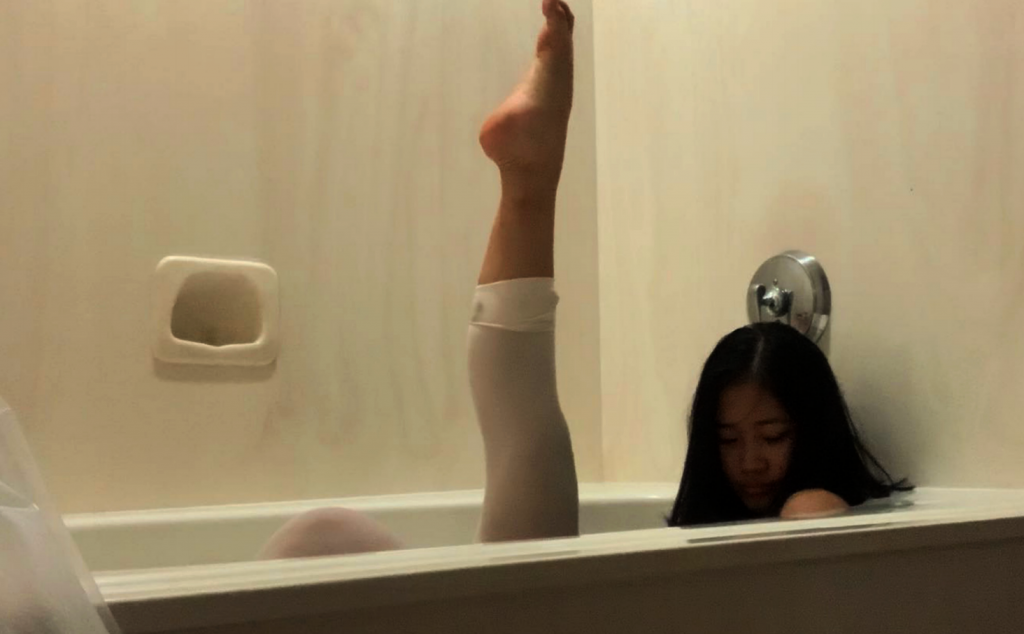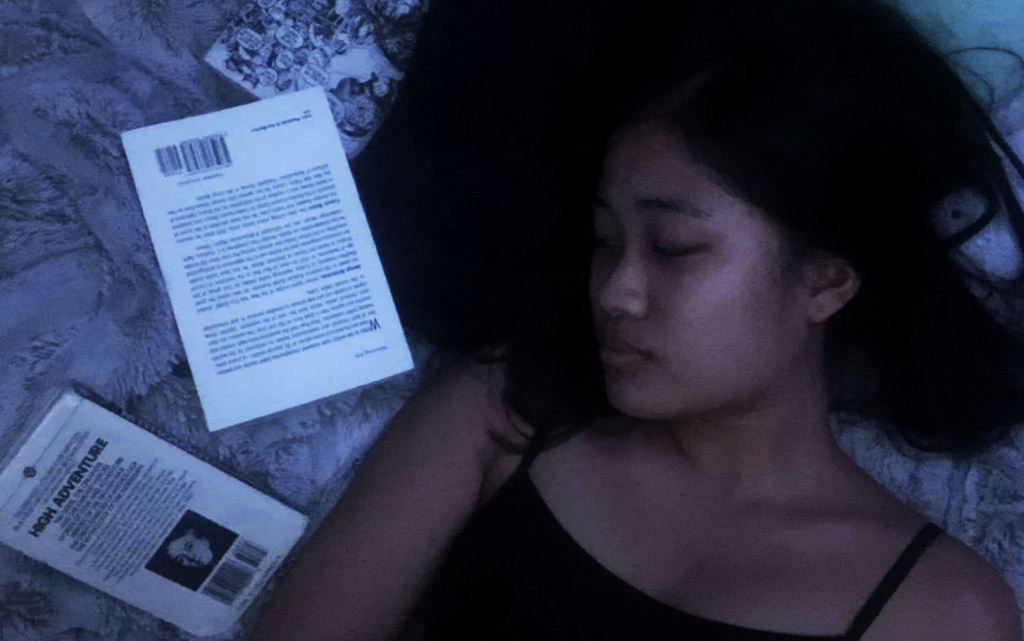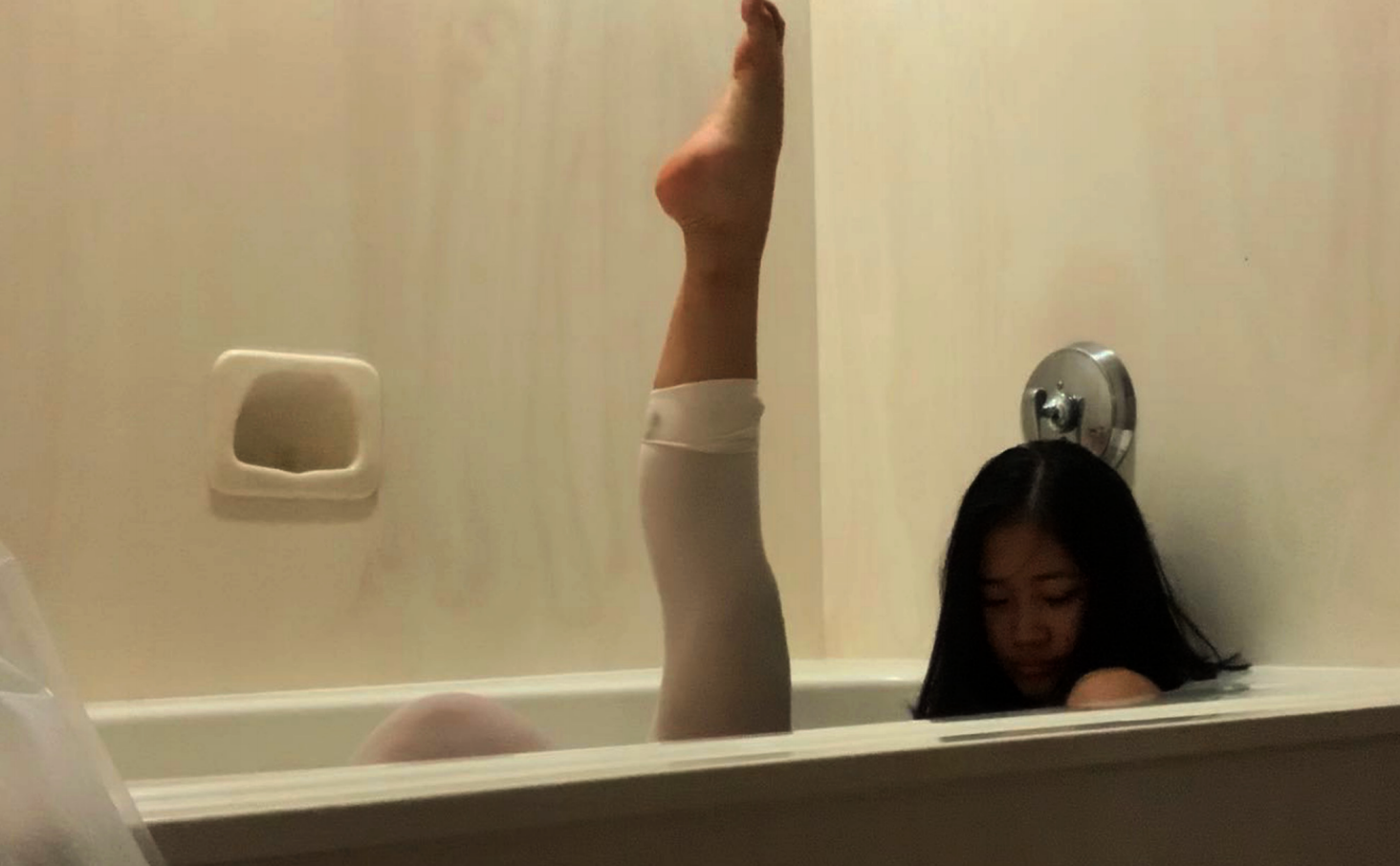Ballet has remained one of the most influential forms of dance throughout the modern ages. Since its creation in 15th century Europe, it has been regarded as one of the world’s most beautiful art forms.
However, what separates it from other arts is that ballet’s technique has remained almost completely stuck in traditions and expectations from hundreds of years ago.
How these long-lasting expectations of ballet affect modern-day dancers is something that can only be said from those who have experienced ballet culture first hand. Through interviewing several dancers whose childhoods were influenced by ballet culture, the impact on their own self image and worth regarding their bodies is apparent.
The expectations discussed by these dancers are ones experienced by students ranging from ages 10 to 15. Consequently, these are the ages where female dancers would expect to begin training in pointe shoes, as well as reach puberty. It is at this age that the idea of this “perfect body type” for ballet begins to be hammered into a student’s head.
This ideal body type sought after in Western ballet comes from George Balanchine, an American choreographer for the New York City Ballet in the mid 20th-century.
“The ‘Balanchine Body’ is something that is unfortunately, entirely out of a dancer’s control,” said Romey Lee, a 16- year-old dancer who has been practicing ballet since she was 9 years old. “The ideal body type for ballet is a short torso, long neck, long legs, small head and big feet,” she described while laughing.
“It’s almost ridiculous how impossible this body shape is to get; I’ve only met a couple of people with that perfect body,” she said. “On their eyes, without these specific components, you just can’t be a good enough dancer, no matter what you do.”
Dancers in this age group often find themselves contemplating whether or not dance is a possible career path. Romey said several companies would not accept her for summer programs due to her body being proportioned differently than other dancers auditioning.

(Abigail Manrique/SJI)
Zoe Gyuro, who has been dancing ballet in a company since she was 10, discussed what these rules for body type could mean for dancers who wish to dance professionally.
“It has been made very apparent in the past that those successful in dance are built similarly, and if you don’t have that same aspect ratio, it can feel like a blockade,” Gyuro said. “You feel as though there’s a career you would love to pursue but you can’t because your legs are too short or your torso is too long.”
Unfortunately, both of these instances deal with an issue that these girls cannot change: bone structure.
“It’s this issue with just being ‘born wrong,’” Romey said, referring to instances in which she had been treated harshly compared to her peers. “My torso is just too long, my head is too big. I’m not doing anything wrong, I’m just the wrong person. It’s nothing I can fix. That’s just how I am.”
Unfortunately, the stigmatization against fuller body types rather than super slim ones still exists.
“Ballet was created by and for rich white people hundreds of years ago … so while the Balanchine body can be tied back to New York, the body types seen in ballet are still primarily skinny, paler ones no matter where they are,” Romey explained.
Helena Moomjian, a 17-year-old dancer who recently left her ballet studio, remembered her own experiences with body shaming within dance, particularly with weight.
“My perception of myself was skewed,” she said. “I went through five years of being told I was overweight and that being a bad thing.”
After leaving her studio, Moomjian came to realize that she was at a healthy weight, one that was normal for her age and height, despite what was being told at her studio. She described the attitude around food and weight at the studio.
“The fact of the matter is that what would be normally seen as a normal food consumption and weight would be seen as overeating and overweight in the ballet world … and it all can have dire consequences,” she said.
Moomjian ended the conversation noting that she feels lucky to have never experienced issues with eating or food herself. However, she said she knows many of her fellow dancers cannot say the same.
“It is very impressive to find a studio that does not glorify eating disorders or super skinny bodies,” she said. “And as much as I love dancing still, I don’t think I could ever go back to an environment like that”.
Does this fatphobia exist in the entire ballet community? Gyuro responded to this by laughing, but there was little humor behind her eyes.
“It absolutely exists in the community. We don’t have to admit to it, but it does. Balanchine was the one that came up with this ‘elite’ body type, and it just kind of stuck with everyone unfortunately,” she said.
The issue with fatphobia and prioritization of certain body types over others is one that exists in the ballet community as a whole, not just certain studios.
By giving in to the stigma around body, weight and food, dancers perpetuate a cycle of harm that travels far and wide. Bringing light to the unrealistic body standards in ballet is a step closer to combating its detriment on dancers, as well as making ballet further accessible to anyone and everyone.

Romey Lee demonstrates proper ballet technique with a pointed foot in Tucson, Arizona (Abigail Manrique/SJI) 
Romey Lee lays with scattered papers in her room in Tucson, Arizona (Abigail Manrique/SJI) 
Romey Lee poses in traditional ballet attire in a nontraditional setting in her home in Tucson, Arizona (Abigail Manrique/SJI)

